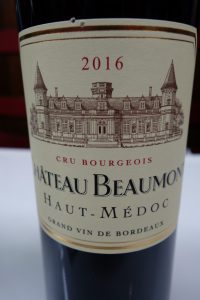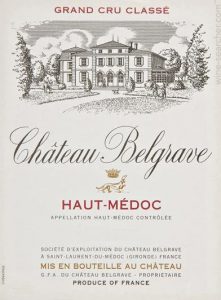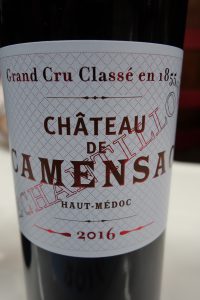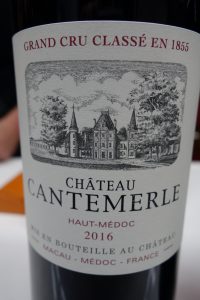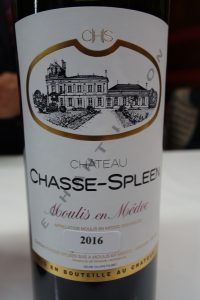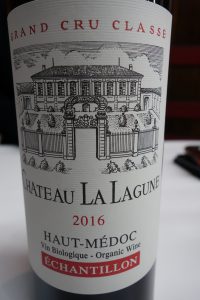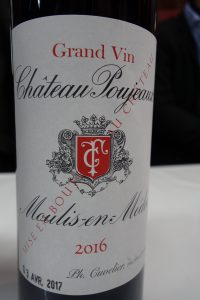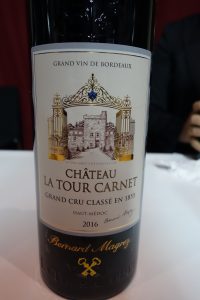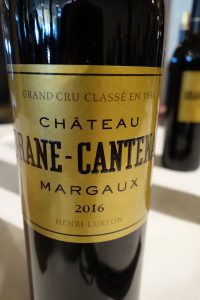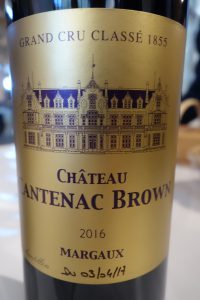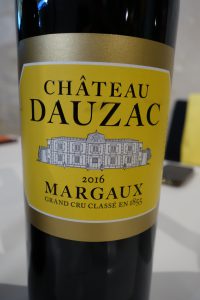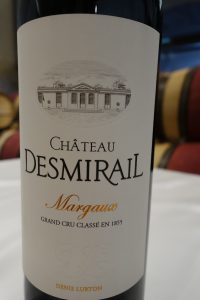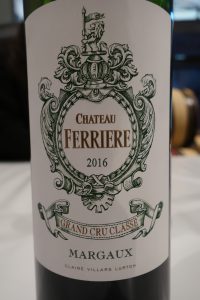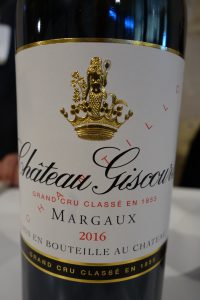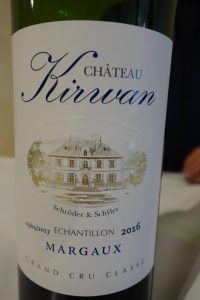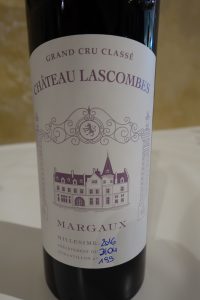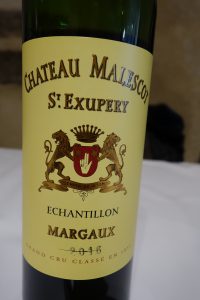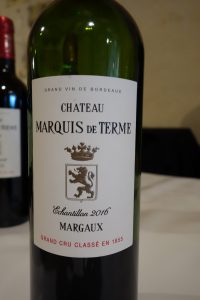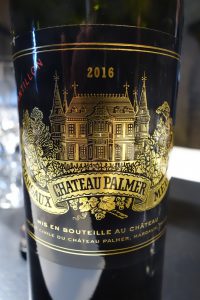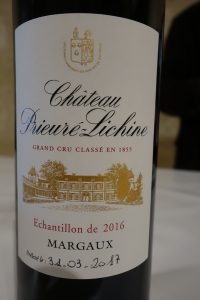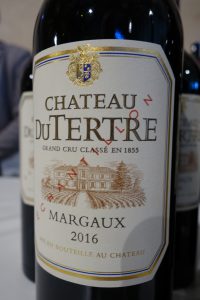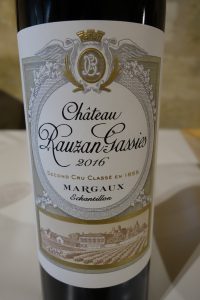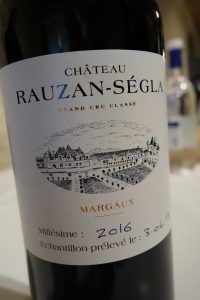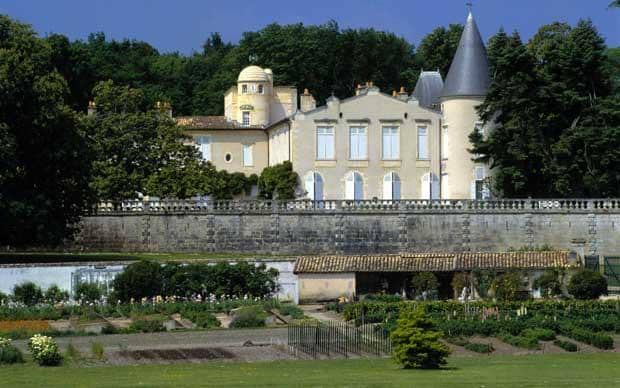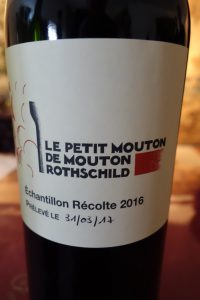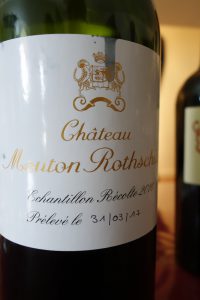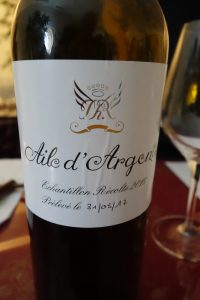*
I was invited to a presentation by the Alliance des Crus Bourgeois du Médoc on the 5th of April 2018, followed by a mammoth tasting of wines from the 2017 vintage.
I was interested in attending because I had rather lost sight of the crus bourgeois system. Dating back to 1932, this presently encompasses 256 estates producing some 28 million bottles of wine, i.e. 30% of the Médoc’s entire production.
I was aware that Alliance had gone through some turmoil in recent years, including court cases calling into question their most recent classification, in 2012. They are planning a new classification for 2020 with the greatest of care.
This will re-introduce the three levels that existed years ago:
– cru bourgeois
– cru bourgeois supérieur
– cru bourgeois exceptionnel

Olivier Cuvelier, President of the Crus Bourgeois
The methodology will be carefully controlled by an outside agency (Qualité Bordeaux Vérification) to ensure rigor and impartiality. The wines will be judged according to blind tastings of three vintages chosen by the château between 2008 and 2016. No more than a 10% increase in the number of châteaux will be allowed in the upcoming classification, as well as all future ones.
As a transitional measure, estates classified between 2008 and 2016 will be exempted from taste testing and those estates that cannot submit samples from 5 different vintages can present just two, 2015 and 2016.
Criteria are more exacting for the Crus Bourgeois Supérieurs and Exceptionnels, requiring an evaluation of their vineyard and environmental practices, cellar facilities and management, as well as efforts made to promote the wine (château building, distribution, wine tourism, etc.). In addition, two random controls will be made before bottling in two different vintages after the classification.
The new classification will be official in early 2020 with a 5-year validity, which applies to all future classifications. The judges appointed to taste the wines blind will undergo specific training, including different parameters for the three categories, such as ageing potential. Châteaux have the right of one appeal to a negative decision, or to apply again in another of the three categories.
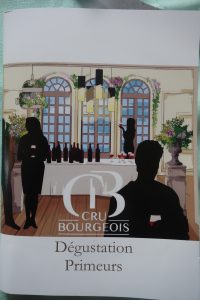
After this fairly technical explanation, it was time to taste some wine… I decided to focus on the Médoc appellation, rather than the Haut-Médoc or communal appellations. All of the following 18 wines were from the 2017 vintage. As usual, my notes do not include an appreciation of the color, because, with wines this young, I do not consider it a factor of paramount importance. Seeing as I am reluctant to give numerical scores to wines, I have noted only a broad overall assessment at the end of each tasting note.
The percentages of grape varieties in the final blend are indicated because these can change from year to year.
Château de Bégadan, Bégadan
60% Merlot, 40% Cabernet Sauvignon
Nose: Simple and pleasing, with lingering fermentation aromas, confirming that this may not be an ideal time to taste the wine
Palate: More personality here, but somewhat dilute. Lacking focus, however displays attractive minerality on the aftertaste. Best enjoyed young. Should be retasted later on. OK.
Château Le Bourdieu, Valeyrac
50% Cabernet Sauvignon, 50% Merlot
Nose: Subdued with cherry stem and slightly cosmetic aromas.
Palate: Mouthfilling with layers of fruit, but stops short on the aftertaste. Made in a traditional style but slightly out of balance, with some roughness on the finish. Good.
Château La Cardonne, Blaignan
50% Cabernet Sauvignon, 45% Merlot, 5% Petit Verdot
Nose: Upfront, ripe bouquet very typical of its appellation. Marked by oak with a medium toast.
Palate: Pure and mineral with a fluid attack followed by good grip and a pleasingly long aftertaste. Good.
Château d’Escurac, Civrac
50% Cabernet Sauvignon, 50% Merlot
Nose: Simple, with some tarry notes
Palate: Odd, with some medicinal nuances. Hot. Modern style. Harsh finish. Seems stifled by the oak in a way that age may not help. OK.
Château Fleur La Mothe, Saint Yzans
50% Merlot, 40% Cabernet Sauvignon, and 10% Petit Verdot
Nose: Rich and straightforward with crushed blackcurrant leaf and cranberry aromas
Palate: Big, round, and showing plenty of oak. A modern, commercial style, with oak also coming through on the finish. Good.
Château Gemeillan, Queyrac
50% Cabernet Sauvignon, 50% Merlot
Nose: Brambly and fresh with berry fruit and aromas reminiscent of ashes
Palate: shows character, but finishes with hard oak and is somewhat out of balance. OK.
Château Laujac, Bégadan
50% Cabernet Sauvignon, 47% Merlot, and 3% Petit Verdot
Nose: Brambly wild berry aromas, with good oak and a sweetness reminiscent of fruit syrup. Some roasted nuances.
Palate: In a pleasingly old-fashioned mold with elegant tannin showing plenty of character. A thirst-quenching quality and an attractive gumminess. This was one of the revelations of the tasting to me, as I had never tasted this well-reputed wine before. Excellent.
Château Laulan Ducos, Jau-Dignac et Loirac
54% Cabernet Sauvignon, 43% Merlot, , and 3% Petit Verdot
Nose: fresh, “authentic”, and understated, with good oak and some floral nuances
Palate: Ripe, round, and seductive although unyielding on the finish in a way that may be overcome by further ageing. Lip smacking fruitiness. Well made. Some authority on the finish with a certain tarriness. Very good.
Château Loudenne, Saint Yzans
50% Cabernet Sauvignon 50% Merlot
Nose: sweet and enveloping, but lacks depth and complexity. Some fermentation aromas and lots of toasty oak.
Palate: A satin texture is overwhelmed by the oak and I had a poor opinion of the wine. However, as always, it is fair to state that these tastings are very early in the game, and I will need to revisit the wine for a fair evaluation.
Château Lousteauneuf, Valeyrac
48% Cabernet Sauvignon 30% Merlot, 15% Petit Verdot, and 7% Cabernet Franc
Nose: Dark fruit aromas, but not very expressive at this time.
Palate: Better on the palate, although a little diluted. Starts off elegant and then goes into a very gutsy aftertaste with virile tannin. Intense Cabernet fruit, in an unabashedly old-fashioned style. Good.
Château Les Ormes Sorbet, Couquèques
65% Cabernet Sauvignon, 30% Merlot, and 5% Petit Verdot
Nose: Soft, polished, and alluring bouquet with deep, but not very complex fruit
Palate: Lovely velvety texture. Good development on the palate with excellent sweet fruit backed up by good acidity. Generous mouth feel with a narrow, but long finish. Lovely wine, the best of the tasting. Excellent.
Château Panigon, Civrac
50% Merlot, 45% Cabernet Sauvignon, and 5% Petit Verdot
Nose: The fruitiness is somewhat rustic with a talc and cosmetic component
Palate: Marked by red fruit flavors and tart acidity. A decent enough wine with a tangy finish. Will show better with food. Good.
Château Preuillac, Lesparre
58% Merlot, 38% Cabernet Sauvignon, 4% Cabernet Franc
Nose: Stewed fruit and candied fruit (cherry), as well as ethereal kirsch overtones and some roast coffee nuances. Classy, subtle, sophisticated, and very Médocain.
Palate: Lovely texture. The sort of wine that will be enjoyable either young or with bottle age. Good volume, even if a bit hollow. Rich, with marked good acidity on the finish. Very good.
Chateau Roquegrave,
45% Cabernet Sauvignon, 45% Merlot, 5% Cabernet Franc and 5% Petit Verdot
Nose: Sweet fruit with some pencil shaving aromas, but rather one-dimensional.
Palate: Medium in most aspects, with a tarry flavor. There is some staying power on the aftertaste but the oak is obtrusive. Fresh finish, but this does not quite live up to the promise at the beginning of the tasting. Good.
Château Saint Christoly, Saint Christoly
55% Merlot, 45% Cabernet Sauvignon,
Nose: Straightforward and simple with floral overtones. Some tanky aromas present at this stage.
Palate: Starts out very soft, but goes on to show significant acidity. Good fruit and tremendously fresh and vibrant flavor profile. Very good.
Tour Haut Caussan, Blaignan
50 % Cabernet Sauvignon, 50 % Merlot
Nose: Sweet, concentrated blackcurrant and berry fruit aromas. Fresh, with almost a fruit juice quality. Sweet and seductive.
Palate: Soft and mouth-filling, with the Merlot characteristics seeming to come through more than the Cabernet, in a crowd-pleasing style. Tart and relatively short finish reminding me (in a positive way) or sour cherries. Good.
Château Tour Saint Bonnet, Saint Christoly
50% Merlot, 45% Cabernet Sauvignon, and 5% Petit Verdot
Nose: Fresh, very attractive candied fruit and blackcurrant aromas, very typical of the Médoc.
Palate: Traditional, even old-fashioned style. Rich, silky texture and a very juicy quality. Not long, but follows through nicely even so, with marked acidity. Good.
Château Vieux Robin, Bégadan
55% Cabernet Sauvignon, 40% Merlot, 3% Cabernet Franc, and 2% Petit Verdot
Nose: Medium-intense plum and blackberry aromas accompanied by toasty overtones
Palate: Melts in the mouth, but there is a certain hardness due to oak. Good grip and noticeable acidity. Good.
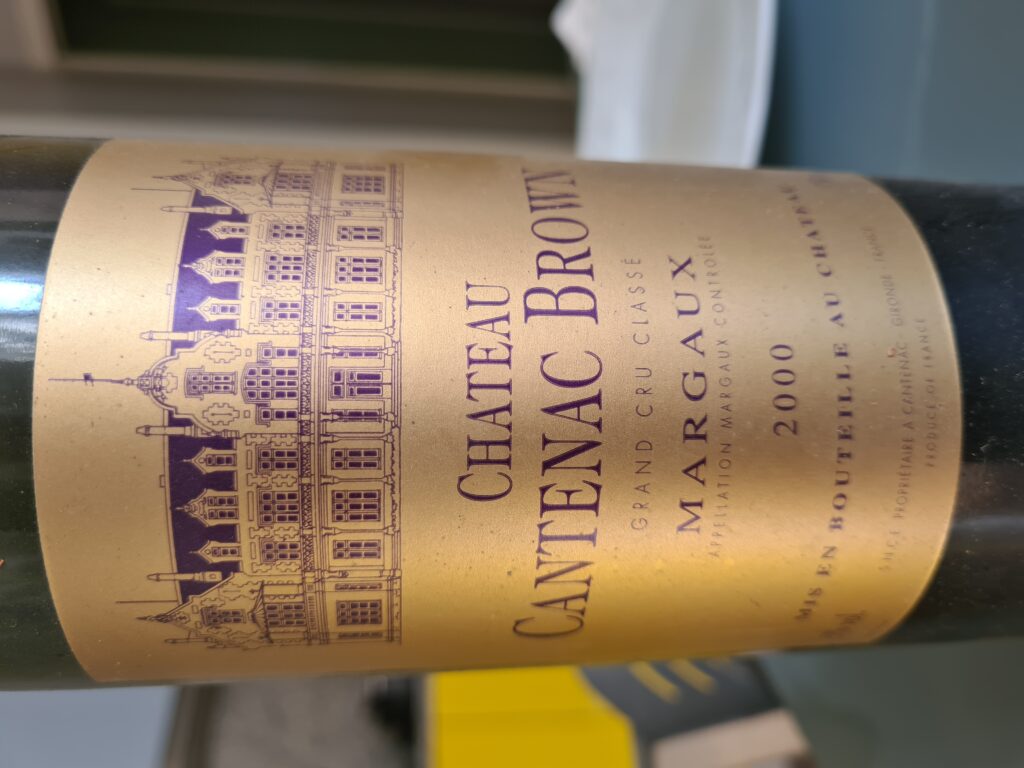

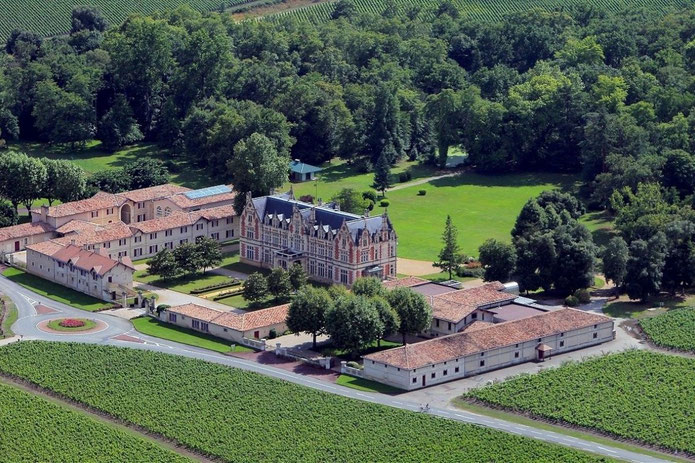
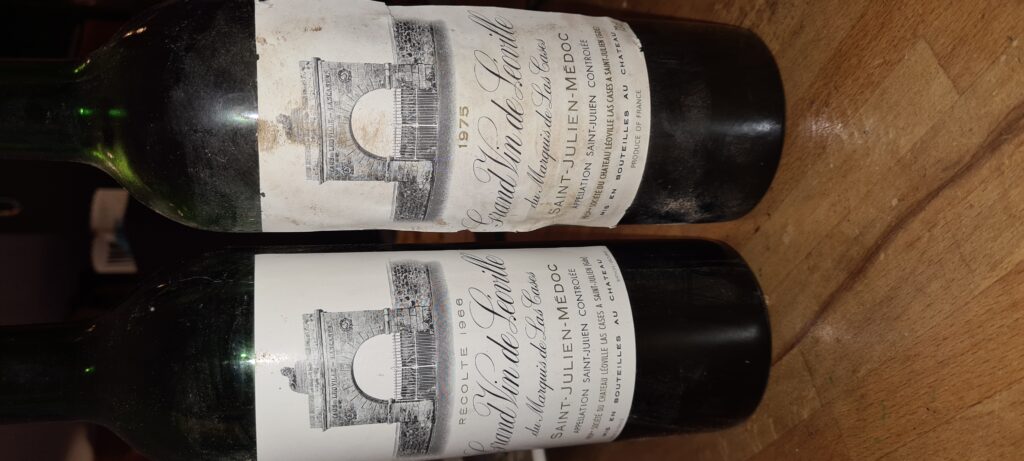
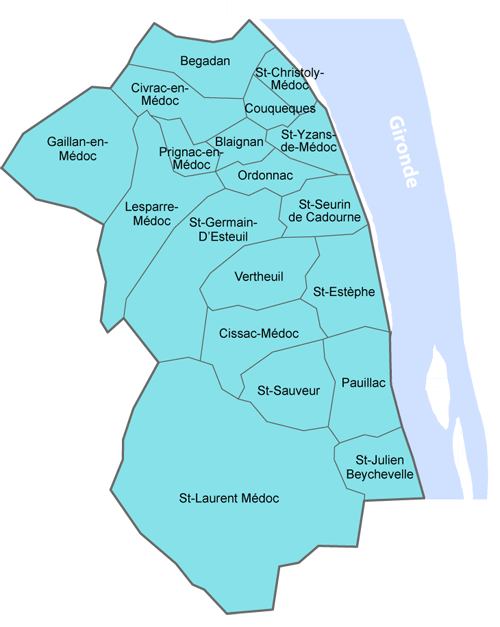
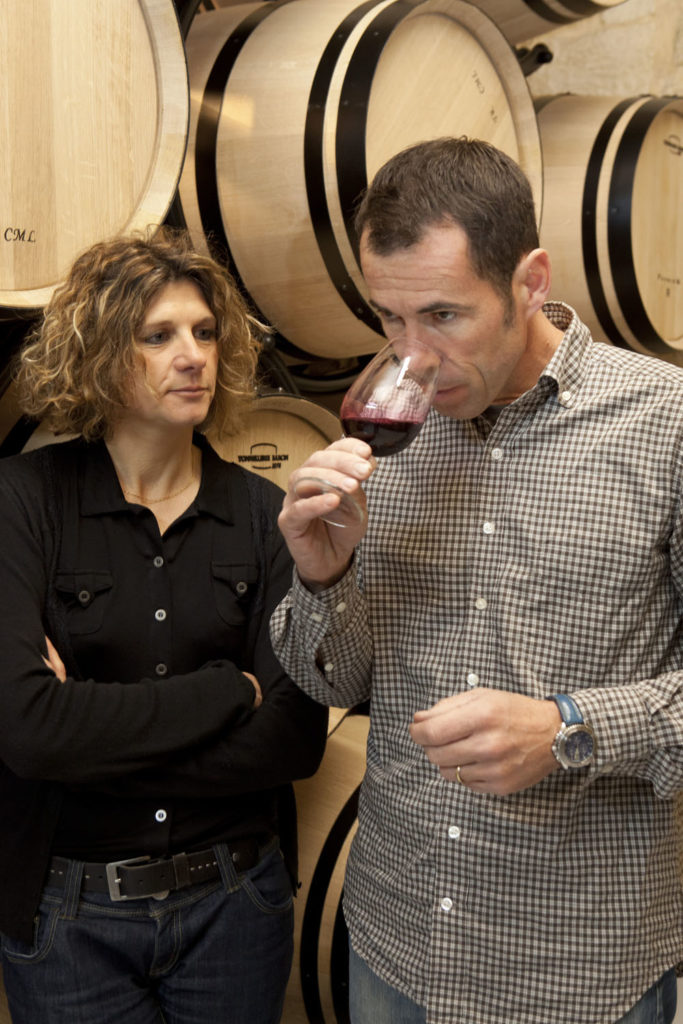
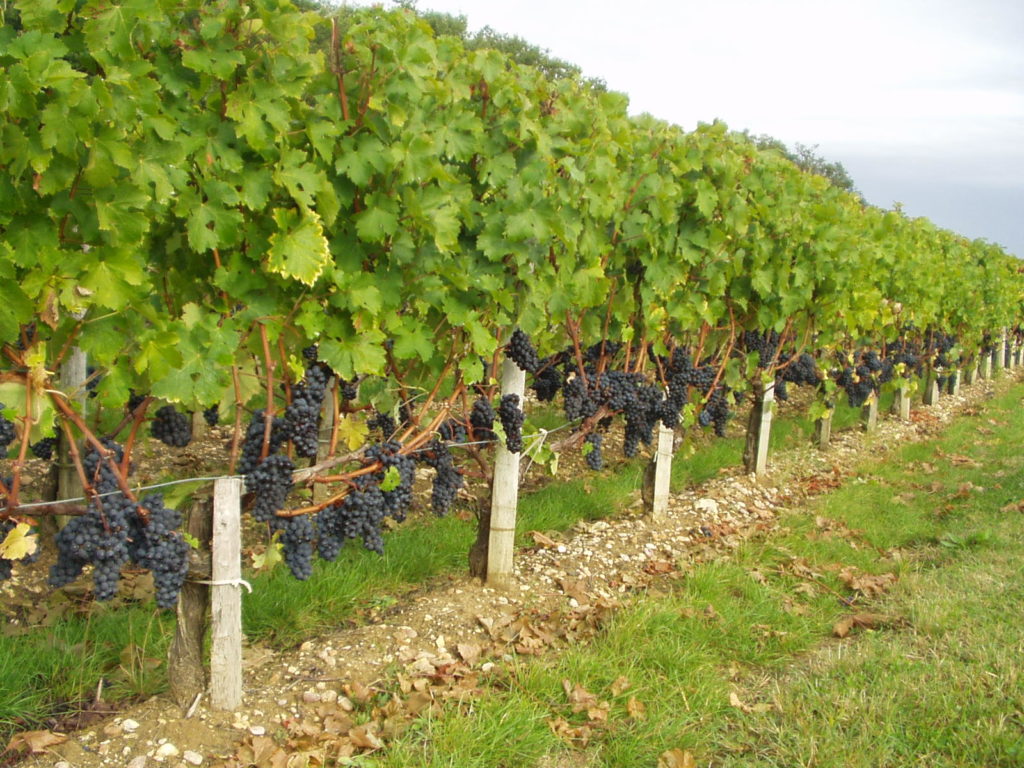
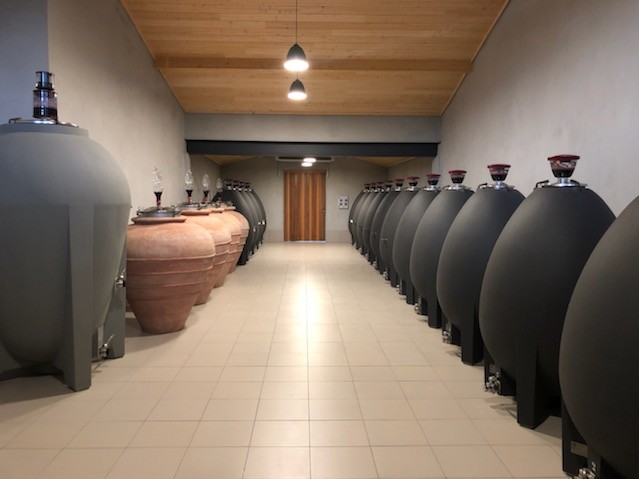
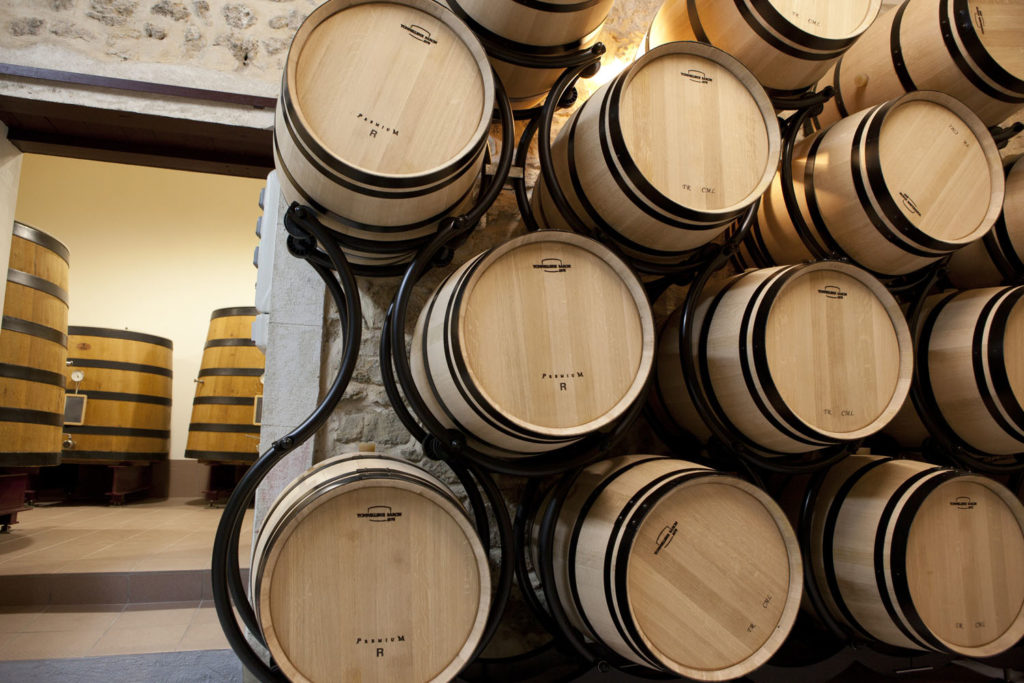
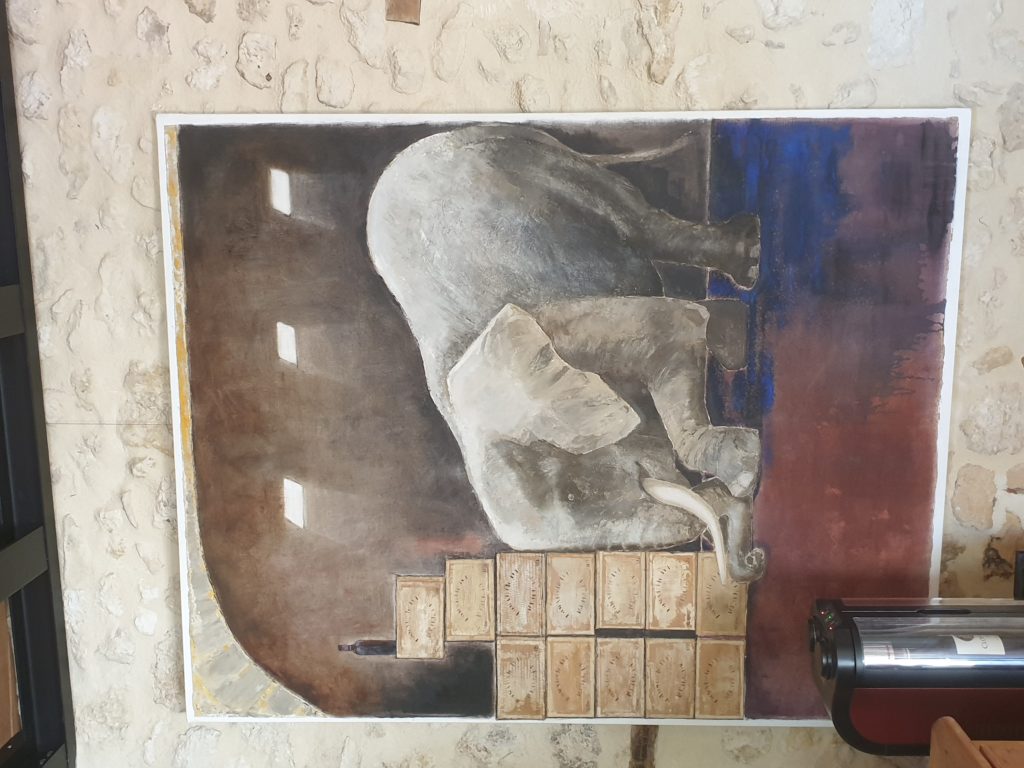
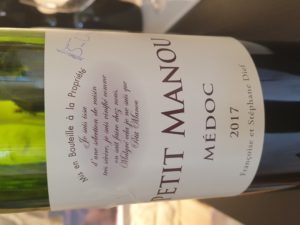
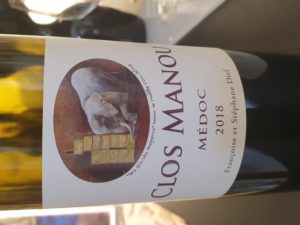
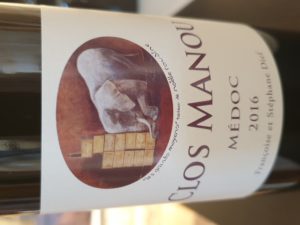
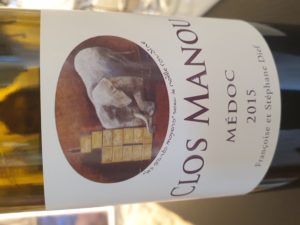
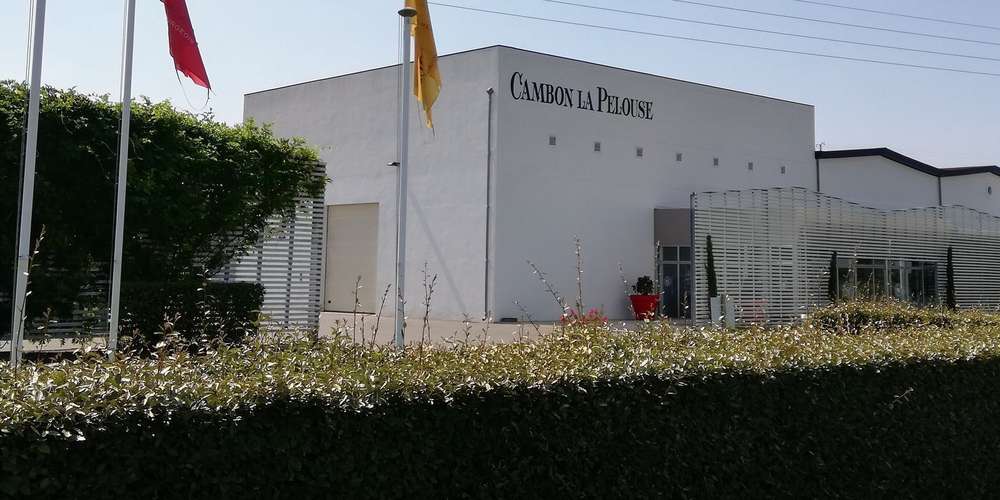
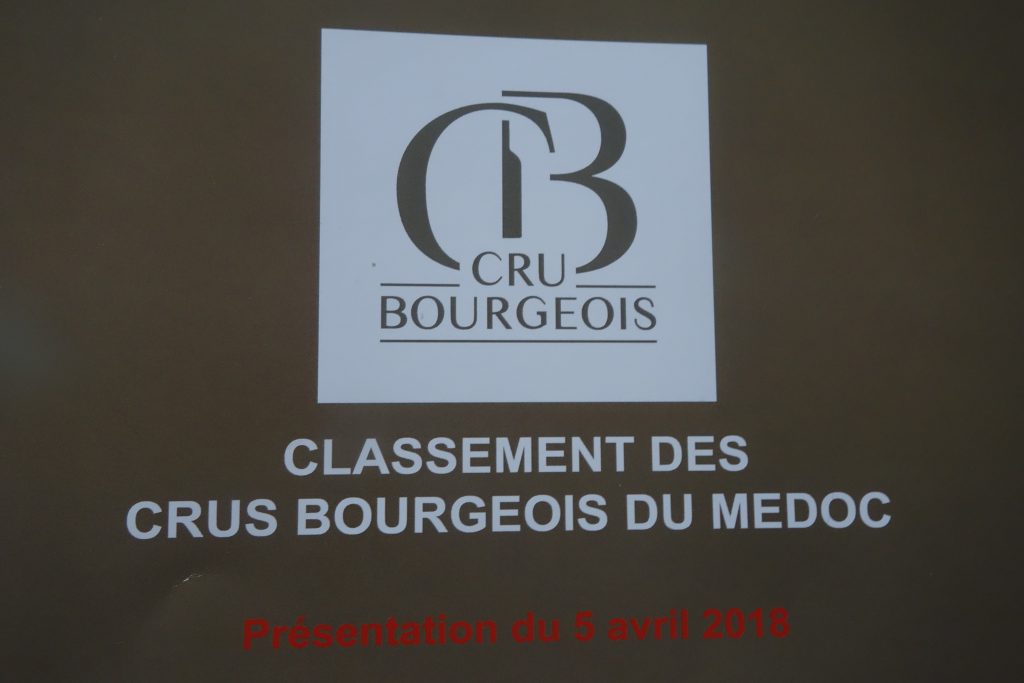


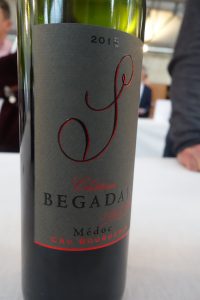
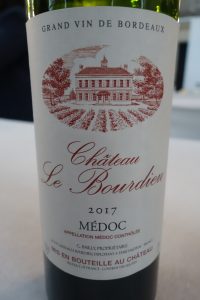
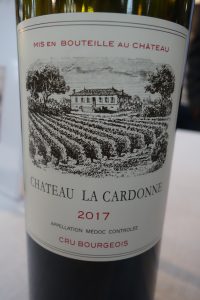
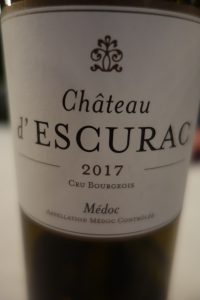
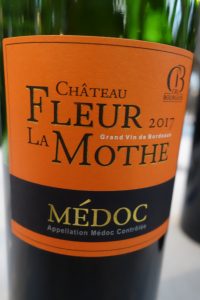
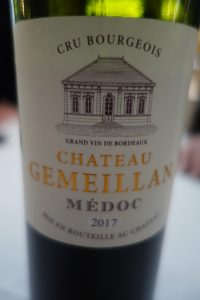
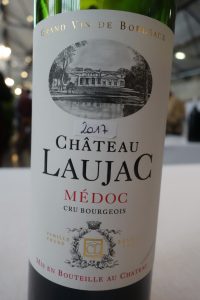
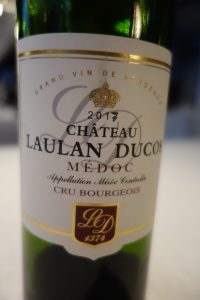
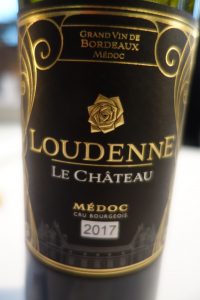
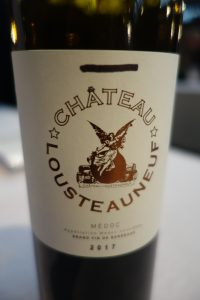
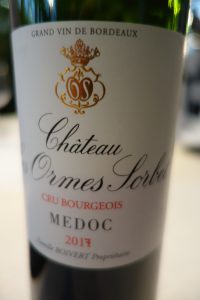
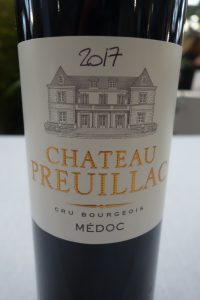
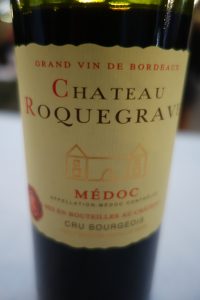
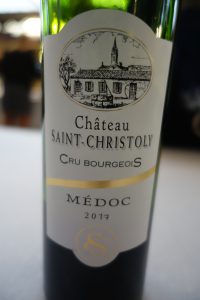
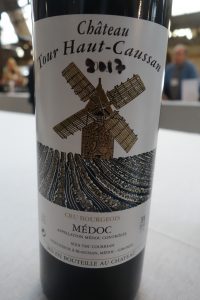
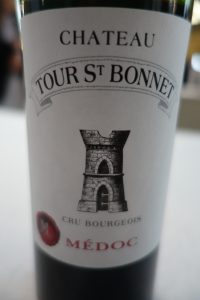
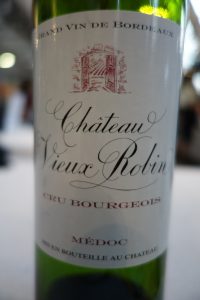
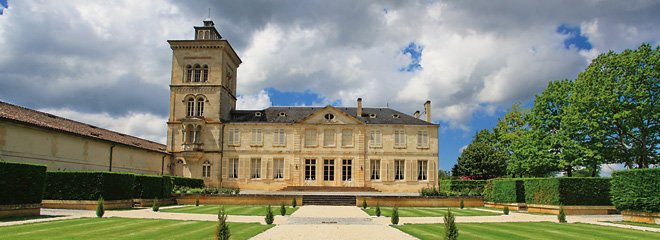
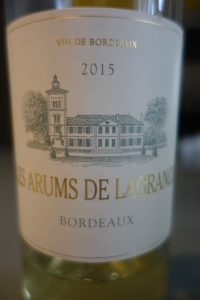
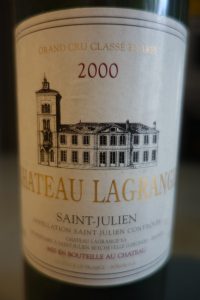
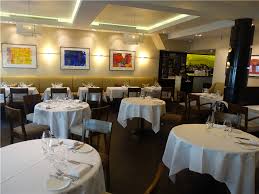
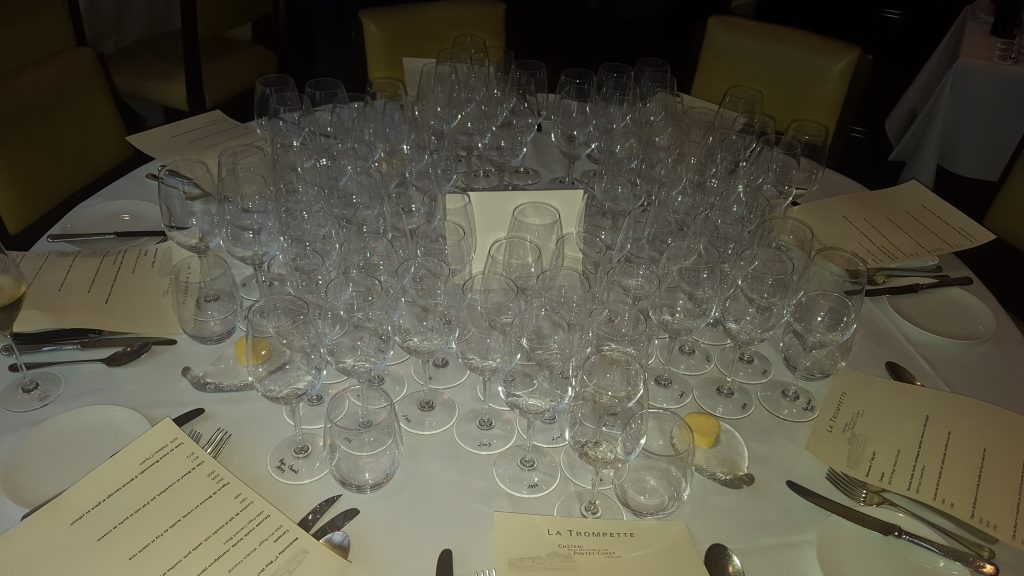
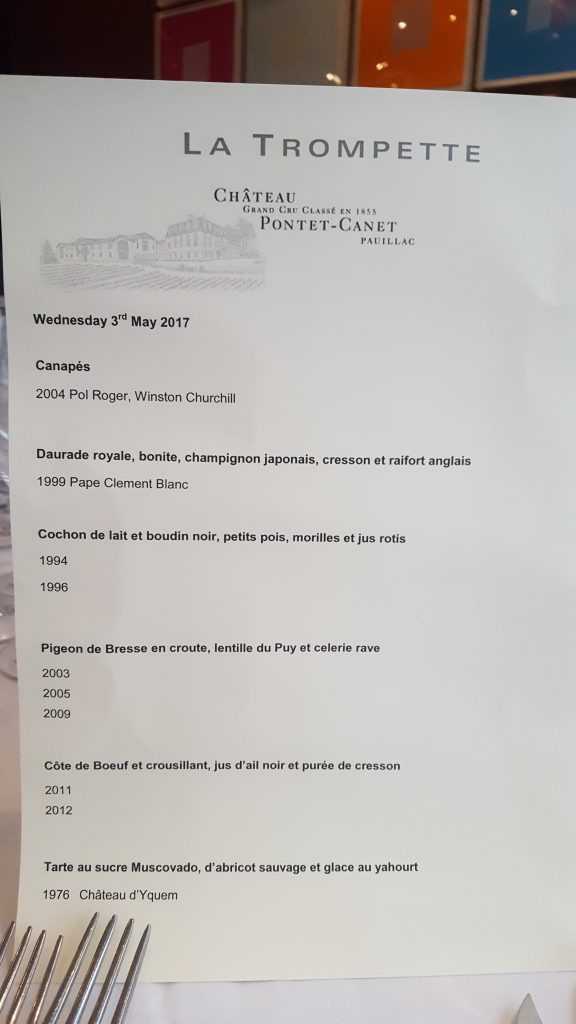
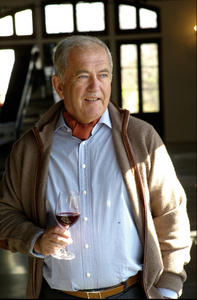
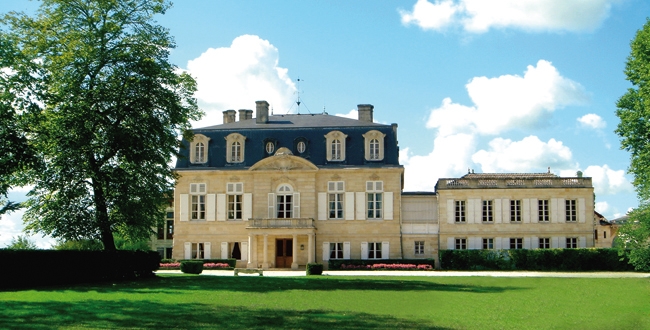
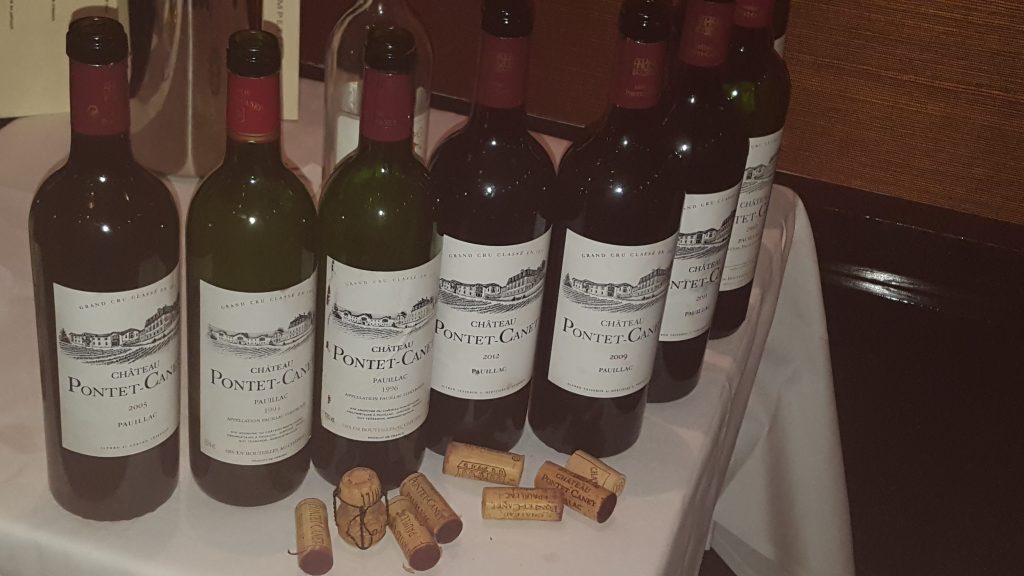
![53car1[1]](http://www.bordeauxwineblog.com/wp-content/uploads/2017/05/53car11.jpg)
